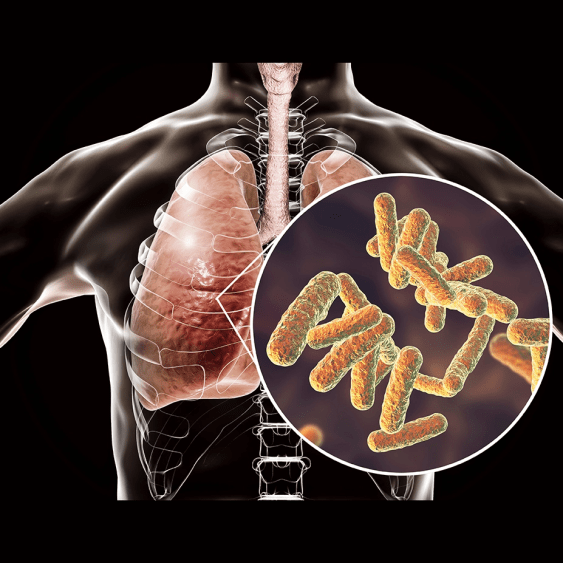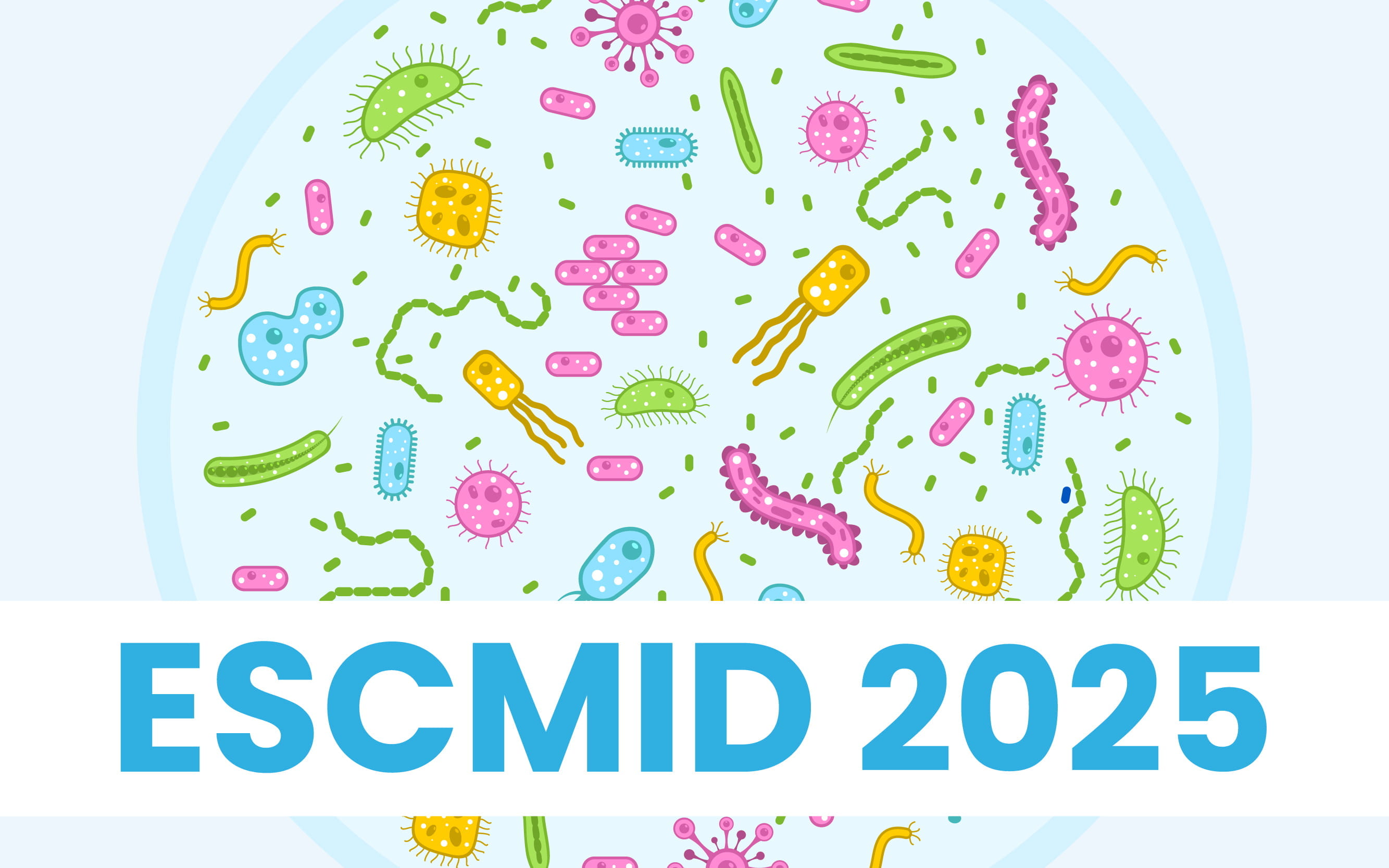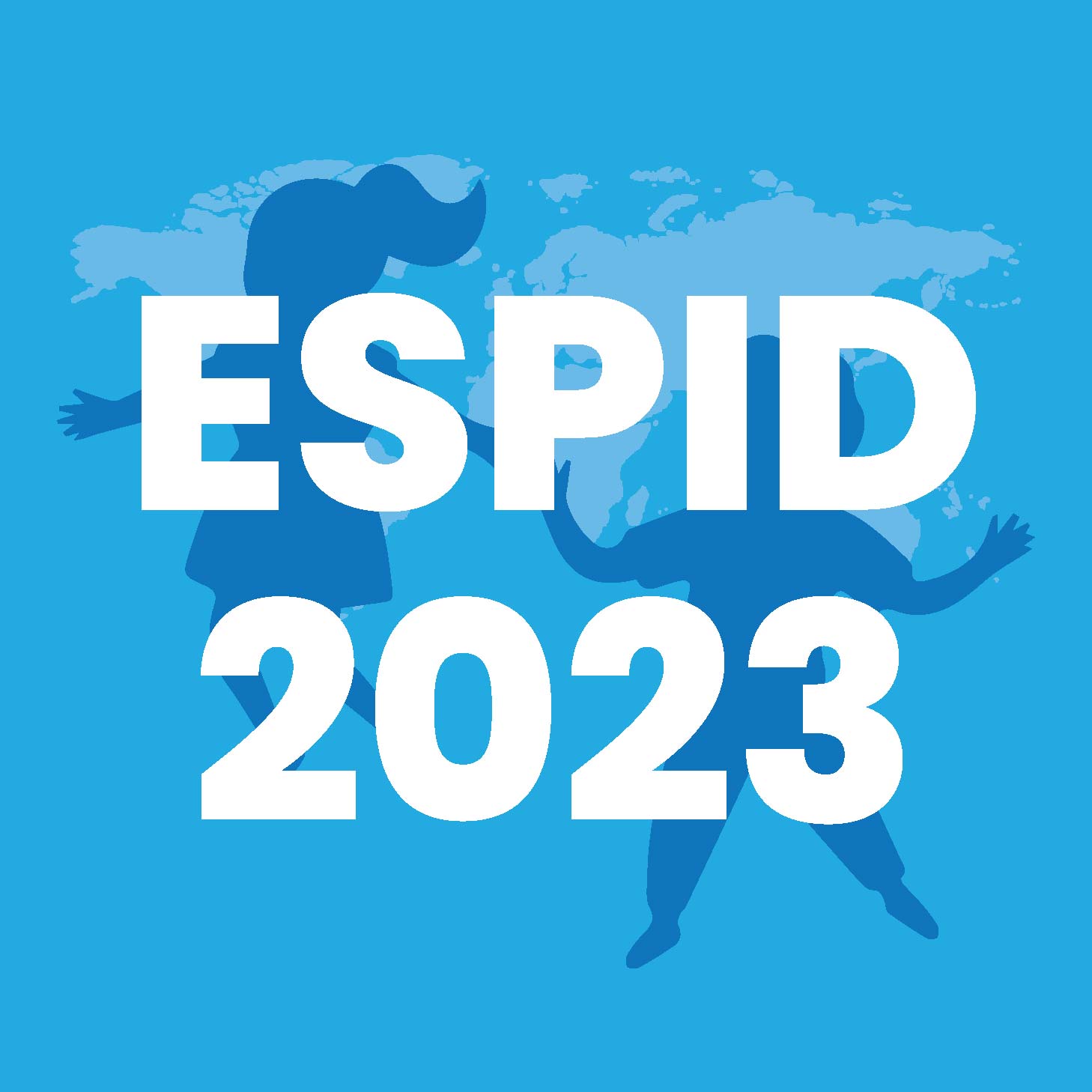ESPID 2023: COVID-19 in Children - Pediatric Inflammatory Multisystem Syndrome (PIMS or MIS-C)
The session started with a presentation entitled, “severe acute respiratory syndrome coronavirus 2 (SARS-CoV-2) superantigens (SAgs) hypothesis and autoimmunity”. The similarities to toxic shock syndrome (TSS) and the association of MIS-C with COVID-19 led to the hypothesis that SARS-CoV-2 may possess superantigenic fragments that may induce an inflammatory cascade and could also contribute to the hyperinflammation, and cytokine storm observed in severe adult COVID-19 patients. Computational modeling demonstrated that SARS-CoV-2 spike contains sequence and structure motifs highly similar to those of bacterial SAgs and may directly bind to T cell receptors. It was further reported that a skewed T cell receptor repertoire in COVID-19 patients with severe hyperinflammation, in support of such a superantigenic effect. Notably, the superantigen-like motif is not present in other SARS family coronaviruses, which may explain the unique potential for SARS-CoV-2 to cause both MIS-C and the cytokine storm observed in adult COVID-19.
The second hypothesis was whether repeated exposure to viral SAg-induced autoimmunity implications to MIS-C and long COVID. Several reports have shown the onset of autoimmunity due to COVID-19 infections. The mechanism was explained from the findings of a study that showed in children with MIS-C, a prolonged presence of SARS-CoV-2 in the gastrointestinal (GI) tract led to the release of zonulin, a biomarker of intestinal permeability, with subsequent trafficking of SARS-CoV-2 antigens into the bloodstream, leading to hyperinflammation. Another hypothesis was that continuous and prolonged exposure to the viral SAg-like and neurotoxin-like motifs in SARS-CoV-2 spike may promote autoimmunity leading to the development of post-acute COVID-19 syndromes, including MIS-C and long COVID, as well as the neurological complications resulting from SARS-CoV-2 infection. Management of pediatric inflammatory multisystem syndrome (PIMS-Ts) was discussed with respect to different clinical findings. Primary outcome of a retrospective cohort study showed that intravenous immunoglobulins (IVIG) and methylprednisolone compared with IVIG alone was associated with a lower rate of treatment failure in children with MIS-C. Whereas another study carried out in 614 children with suspected MIS-C concluded that there was no evidence that recovery from MIS-C differed after primary treatment with IVIG alone, IVIG plus glucocorticoids, or glucocorticoids alone, although significant differences may emerge as more data accrue. Surveillance data showed that among children and adolescents with MIS-C, initial treatment with IVIG plus glucocorticoids was associated with a lower risk of new or persistent cardiovascular dysfunction than IVIG alone. Another observational data supported observations that the severity of MIS-C had decreased with each subsequent SARS-CoV-2 variant. Nevertheless, critical illness in patients hospitalized with MIS-C remains prevalent. The randomized evaluation of COVID-19 therapy (RECOVERY), an international clinical trial, identifying treatments that may be beneficial for patients hospitalized with suspected or confirmed COVID-19. Results showed a clear benefit for corticosteroid over standard of care, but no clear benefit of IVIG over standard of care for the initial treatment of PIMS-Ts was observed. Tocilizumab was suggested as an effective second line treatment. The anakinra arm was too small to be confident, that is of benefit. Results from the best available treatment study (BATS) for inflammatory conditions associated with COVID-19 had very good outcomes in all the groups including coronary artery aneurysm (CAA) resolution. Steroids were considered to be safer alternative to IVIG. Monotherapy is likely preferable to combined therapy as initial treatment option. A retrospective review was carried out in children with MIS-C during June 7, 2020, to March 2, 2022. A model was designed with machine learning that successfully predicted left ventricular systolic dysfunction (LVSD) in patients with MIS-C using laboratory data from the first 24 hours after admission. It was concluded that the model could be useful to drive early decision making in the care of this population.
A European Society for Pediatric Infectious Diseases (ESPID) -nested, multicenter, collaborative, cohort study showed that all treatment (steroids, IVIG, IVIG and steroids) prevented abnormalities and aneurysms compared to no treatment. It was further concluded that risk factors may include shock, younger age, days of fever, cardiac disease, and lower hemoglobin.
European Society for Paediatric Infectious Diseases (ESPID) 41st Annual Meeting 2023, 8th May – 12th May 2023, Lisbon, Portugal.




